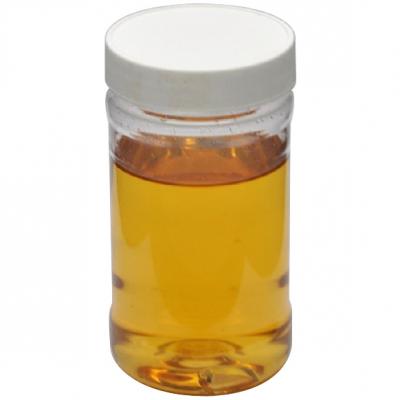1. What is textile softener?
Textile softener refers to a textile auxiliary that can be absorbed on the surface of textile fibers and make the fibers smooth, so as to change the feel and make the product more comfortable. At present, there are thousands of types of softeners developed on the market, and most of them are surfactant-type softening agent, reactive softening agent, and silicone softening agent.
Among them, the silicone softening agent is a kind of softener with superior performance, outstanding effect and wide application. This kind of softener is an emulsion or microemulsion of polysiloxane and its derivatives. It not only makes the fabric have a soft and smooth hand feel, but also has good air permeability, surface gloss, wear resistance, and comfortable wearing characteristics as well as water and oil repellent, UV resistance and other functions. In addition, this kind of material is non-toxic and harmless, friendly to the human body and the environment, and low in cost. Moreover, it is suitable for the finishing of different textiles (natural fibers, synthetic fibers, blended fibers, etc.), and has broad application prospects.
2. Development history of textile softening agent
Silicone softening agent originated in the 1950s with the development of four stages.
The first generation:
The mechanical emulsification method is used to emulsify dimethyl silicone oil, but since the silicone oil itself does not contain active groups, it is not fast enough to bind to the fabric and is not washable. Its effect of single use is not ideal, so it is rarely used as a softener now, but the application is opposite in other fields, such as shampoo softener and mold release agent. Hydroxyl silicone oil is silicone emulsion with hydroxyl head. Under the metal catalyst, the fabric softener can form a mesh crosslinking, to enhance the water resistance, stability and soft effect. However, due to its monotonous function, easiness to "floating oil demulsification" and other shortcomings, it was replaced by the second generation of organic silicon softener before being into industrial application.
The second generation:
Ammonia-based modified silicone oil, referred to as amino silicone oil, can be regarded as the product in which part of the methyl groups (including lateral and terminal positions) in dimethyl silicone oil are replaced by amino hydrocarbon groups. In addition to retaining the original hydrophobicity and mold release properties of dimethyl silicone oil, amino silicone oil can also give it reactivity, adsorption, lubricity and softness due to the presence of amino hydrocarbon groups. Therefore, it has been widely used in fabric finishing agent, polishing agent, coating additive and resin modifier, and has become a variety with the largest amount of carbon functional silicone oil.
The third generation:
Polyether modified amino silicone oil refers to that by the side chain containing hydrogen silicone with allyl epoxy compound and allyl polyether silicon hydrogenation addition reaction, side chain type polyether epoxy silicone oil was intermediates and reacts with organic amine to ammonia loosing the ring to get the polyether modified amino silicone oil. The fabric after the treatment is not only soft, smooth, but also has excellent moisture absorption.
The fourth generation:
It is block modified silicone oil. Its softness, washing resistance, elasticity and hydrophilicity have been greatly improved to meet the various needs of users for fabrics and have become the mainstream direction of the development of silicone softeners.



 English
English  日本語
日本語  Español
Español  tiếng việt
tiếng việt  Türkçe
Türkçe  ไทย
ไทย  українська
українська  हिंदी
हिंदी  বাঙালি
বাঙালি  اردو
اردو 


